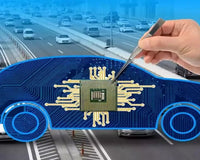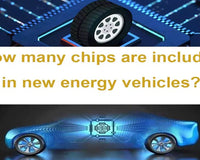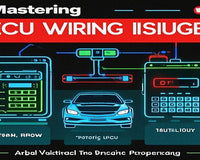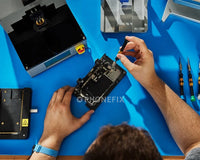You just had your car’s Engine Control Unit refurbished to fix performance issues, reinstalled it, and nothing works. The engine sputters, warning lights flash, or it won’t start at all. Frustrating, right? But don’t panic, this does not necessarily mean the unit is defective, the cause is related to installation errors or external factors, and most have straightforward solutions.
More often than not, a failed ECU is actually a mistake during reinstallation—not a problem with the refurbished unit itself.
1. First: Rule Out Basic Installation Errors.
Check Wiring and Connections.
ECUs rely on tight, correct connections to communicate with your car’s sensors and systems. Even a loose wire can cause total failure. Check the harness for frayed, cut, or melted wires. Inspect all harness connectors, unplug and re-plug these connectors firmly, the dirt or corrosion on the pins can also block signals. And verify ground connections, locate the ground wire attached to the frame near the ECU, ensure it’s tight and free of rust.
Test the Power Supply.
A weak or interrupted power source will shut down an ECU, even if it’s brand-new. Use BSIDE A1X multimeter to test your car’s battery voltage, which should be 12.4–12.7V when off. If it’s below 12V, charge it fully.

2. If Basics Check Out: Run a Diagnostic Scan.
If wiring and power are fine, the next step is to pinpoint the issue with a diagnostic scan. ECUs store fault codes when they detect problems, these codes will tell you why it’s failing.
Use XTOOL D6S OBD-II Scanner interpret the codes, codes like P0600-P0609 usually point to ECU-specific issues, and P0120 usually point to Throttle Position Sensor Error, it might mean the ECU is working but a sensor is faulty.
If the codes point to an ECU internal problem like ECU memory failure, contact the company that refurbished your unit immediately. Professionals use specialized ECU programmer tools, such as ECU bench testers to check if the unit itself is working. They’ll simulate your car’s electrical system to see if the ECU sends/receives correct signals, this rules out hidden internal faults.
Sometimes, a refurbished ECU needs to be reprogrammed to match your specific car. If the refurbisher skipped this step, the ECU won’t sync with your vehicle, even if it’s in perfect condition.
A failed refurbished ECU after reinstallation is stressful, but it’s rarely a hopeless situation. Look for companies with positive reviews, clear warranties, and experience with your car’s make/model. You’ll have your car running smoothly again.










